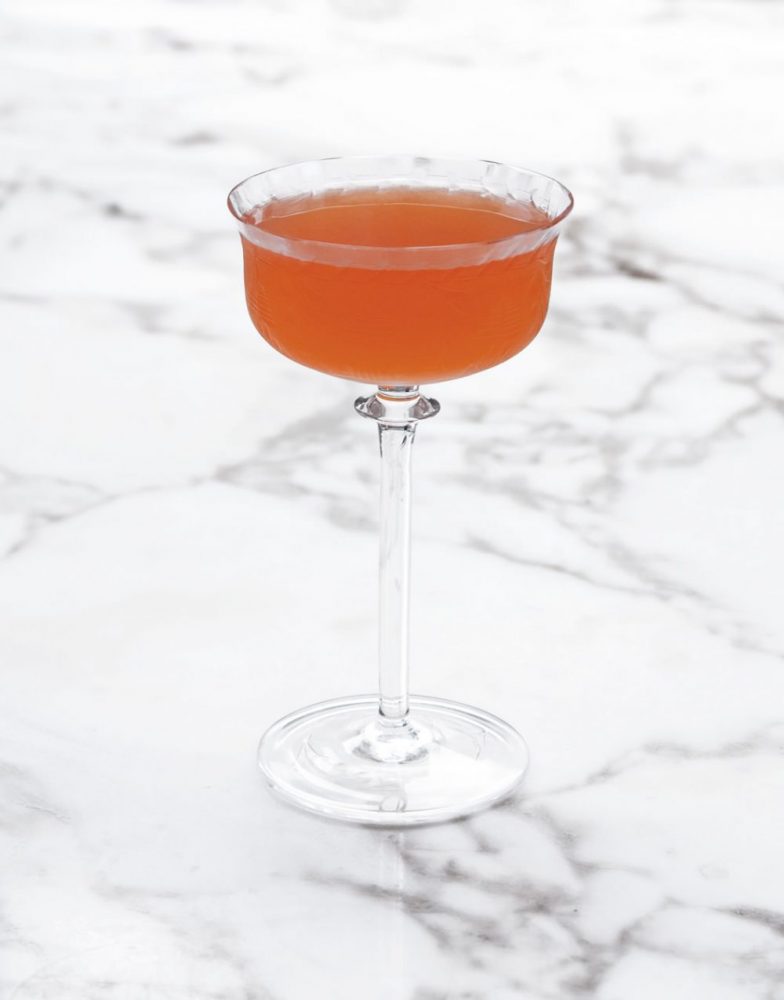Of all the tastes, bitterness is perhaps the most misunderstood, yet the structure it provides resounds in many unexpected aspects of gastronomy. The naturally occurring tannins in grapes and coffee beans build the flavour framework for wine and coffee. Beer is crafted in exploration of depth and character; water, malt and yeast are nothing without the noble hop flower to lend its fragrance and bitterness to the blend. And if ever you’ve enjoyed a well-made Sazerac, Manhattan or Negroni, then you’ve experienced the wondrous complexity that bitterness can bestow upon a cocktail.
The doctrine of classic cocktail culture is to design beverages of bold character while furthering drinkability by creating depth of flavour and, above all, balance. The classic cocktail’s oldest definition calls for a strong spirit finely tuned by judicious use of water, sugar and aromatic bitters—a range of herbal essences and concentrated flavourings without which we would not have the cocktail. Starting out as supposed stomach tonics, bitters are curious concoctions that have been an essential tool of the bartender for over 200 years, with styles ranging from delicately floral to assertively spicy. A dash or two from their baby-sized bottles can change the nature of a recipe, while aperitifs, such as Campari or Aperol, can stand alone or lend their bitterness to a cocktail in larger doses.
In the pursuit of fuller sensory experiences, renewed enthusiasm for century-old recipes has brought back old-fashioned sensibilities. While vodka has been the light-bodied spirit of choice over the past few decades, the sweet and simple drinks that lined local bars have seen challenges—a drink that only serves to satisfy the sweet tooth lacks longevity. Gin’s recent surge in popularity reflects a return to flavour awareness, and, as winter turns to spring, cocktail creativity can once again embrace a vibrant bounty of freshly harvested ingredients to complement the spirit. Though these fruits may provide seasonal personality, even the most delectable juices can still fall flat without a little extra structural support. And that, is the bitter truth.









